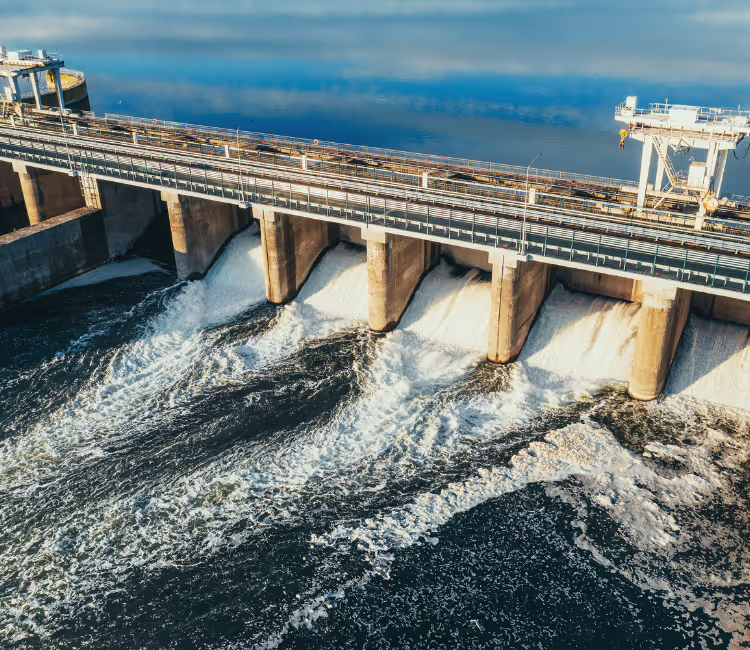
EURAS® gel Core represents the pinnacle of waterproofing technology for critical infrastructure. This one-component injection gel of mineral origin delivers unmatched protection against groundwater infiltration for all types of underground and aboveground structures. When conventional methods fail, EURAS® Core succeeds—providing permanent, flexible waterproofing that actively displaces water while creating an impenetrable barrier.
Highly hydroscopic gel that actively absorbs and displaces water from structures, maintaining permanent waterproofing integrity.
Unlimited resistance to aging with proven performance in temperatures from -25°C to 100°C and complete UV radiation resistance.
Natural mineral-based formula that's non-toxic, environmentally harmless, and compatible with various construction materials including bituminous surfaces.
Effective on both dry and water-saturated surfaces, making it ideal for active leak remediation in challenging infrastructure environments.
Versatile solutions for various construction challenges.
EURAS® Gel Type B effectively seals control rooms, turbine housings, and spillways. Its robust formulation ensures lasting protection against water ingress.

Ideal for rail tunnels and underground garages, this gel provides a reliable barrier against water damage. Its application is seamless, ensuring quick and effective results.

EURAS® Gel Type B is perfect for retaining walls and elevator pits, restoring their integrity. Its advanced formulation ensures that even the oldest structures can be revitalized.

From wet basements to leaking foundations, EURAS® Gel Type B addresses common issues in residential and commercial buildings. Its versatile application ensures effective sealing in various environments.

EURAS® Gel Type B is injected under controlled pressure (2–200 bar) directly into cracks, voids, and porous zones in the structure. The gel displaces water, bonds to the material, and forms a flexible, long-lasting waterproof barrier.
Our experts identify water ingress points and determine optimal injection locations
Strategic drilling of injection holes and placement of packers in the affected areas
High-pressure application (50-200 bar) forces gel into voids and cracks
The gel actively pushes out existing water while filling all spaces
The gel remains permanently flexible, creating a lasting waterproof barrier
Unlike competitors who merely block water entry points, our hydraulic displacement medium permanently removes water from the structure, addressing the root cause of leakage.
While polyacrylic gels from competitors can deteriorate to acidic pH levels as low as 1.20 (proven by Deutsche Bahn testing), our formula maintains a stable alkaline pH of 8.50-9.00, with specialized formulations (Euras Type 10+) exceeding pH 10.30.
Our mineral-based composition actively protects reinforcement steel from corrosion, unlike competitor products that may accelerate corrosion through pH deterioration.
As a single-component system, our product eliminates the mixing errors and inconsistencies common with multi-component competitive systems.
Our specialized Type -20 formulation withstands temperatures down to -24°C without degradation, outperforming conventional waterproofing materials in extreme conditions.
Built primarily from inorganic minerals, our product poses no environmental hazards to groundwater, unlike many polymer-based competitor systems.
The injection process creates temporary overpressure that tests surrounding structures and identifies additional leakage points that competitive systems would miss.
Uniquely enables creation of injection mortars that displace water without dissolving or mixing with it, maintaining compressive strength almost identical to conventional mortars.
Our Type γ formulation has been tested to withstand 12,500 kGy without loss of insulating ability, making it suitable for nuclear applications where competitive products would degrade.
Successfully implemented in hydroelectric power plants, tunnels, and marine environments with water pressure exceeding 55 bar, where competitor systems have previously failed.
Engineered to provide permanent solutions for water leaks, we are so confident in the durability of our product that if any treated leak recurs, we will return to fix it at no additional cost.
This guarantee is our unwavering commitment to excellence and to ensuring the long-term reliability of your infrastructure. Choose our sealing gel, and rest easy knowing you've opted for a solution that we stand behind—for life.
Need More Proof? Click on the video and watch as Euras permanently stops the flow of more than 100L per second, without having to wait for a cure to set in.